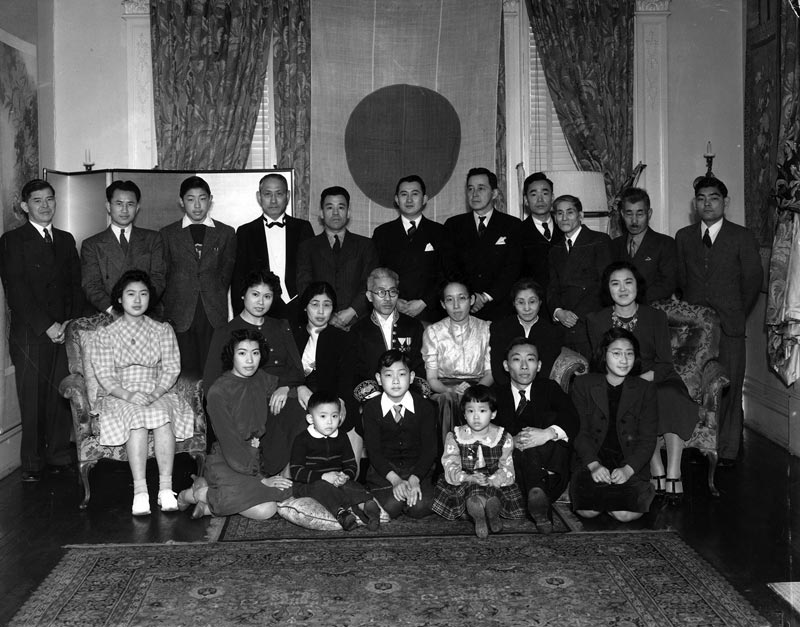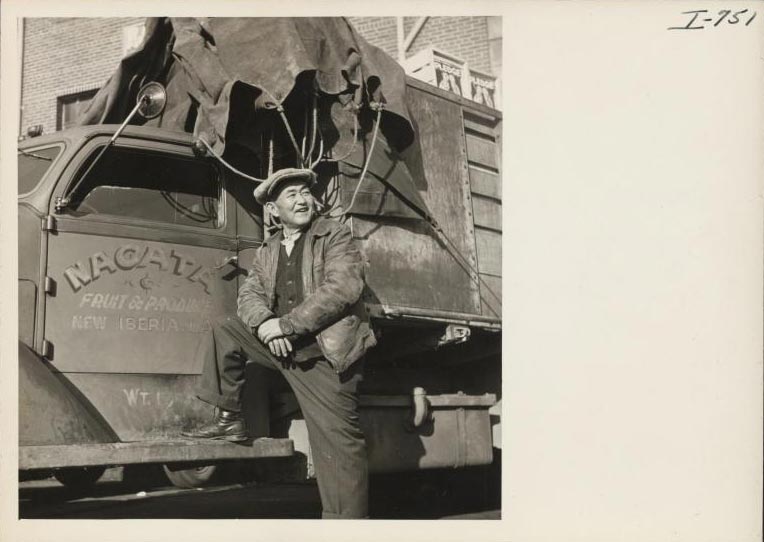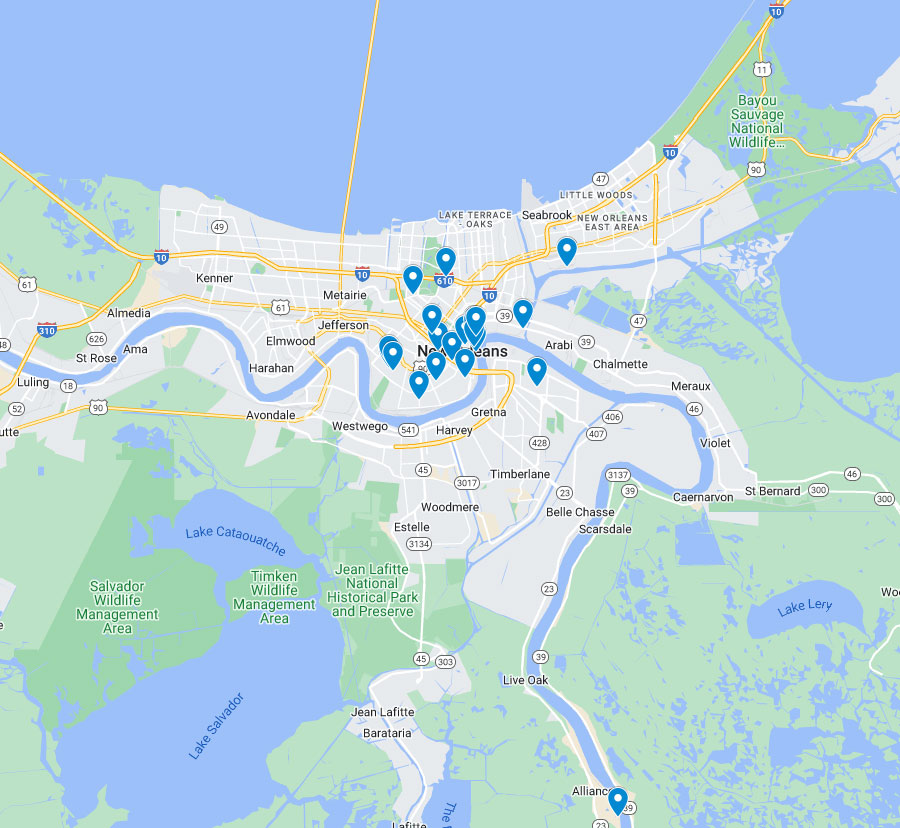
Biography
Greg Robinson is Professor of History at l'Université du Québec À Montréal and researcher at the Centre for United States Studies of the Chaire Raoul-Dandurand. He is the author of By Order of the President (Harvard, 2001) which uncovers President Franklin Roosevelt’s involvement in the wartime confinement of Japanese Americans, and A Tragedy of Democracy (Columbia, 2009), winner of the AAAS History prize, which studies Japanese Canadian and American confinement in transnational context. His book After Camp: (UC Press, 2012), winner of the Caroline Bancroft Prize, centers on post war resettlement. His latest book is The Great Unknown (Colorado 2016).
Research
Japan’s large-scale commercial and agricultural exchanges with the Gulf South began in the late 19th century, a time when it formed part of the Global South—while not directly colonized by the West, the Japanese faced political and economic subordination and unequal treaties. Louisiana and Texas became centers of Japanese trade and investment. ) Japanese cotton buyers toured New Orleans and placed large orders for American cotton, which fed Japan’s growing textile sector and made mass industrialization possible. Blocked from settling in the Gulf South, Japanese settlers and merchants turned their attention to Latin America. After legal immigration to North America was first limited by a “gentleman’s agreement” in 1907-08, then cut off totally in 1924, tens of thousands of Japanese went to Brazil, Peru and other Latin American countries. These immigrants, many of whom worked as shopkeepers and importers, relied on trade with Japan for supplies and on continued immigration for cheap labor. However, both because of the great distance from Japan to Latin America and its existing connections with Japan, the Gulf South played a vital middleman role in this exchange. Japanese ships en route between Asia, the Caribbean and Brazil (and in some cases Peru) stopped at New Orleans en route. In 1922, for example, the S.S. Columbia, which stopped at New Orleans in January, brought new immigrants from Japan to Cuba. The Canada Maru, which visited New Orleans in May 1922, took Japanese passengers to Brazil and Argentina. The Seattle Maru, which docked in September, brought tourists from Osaka. The Chicago Maru carried passengers en route to Sao Paulo. The Tacoma Maru made its annual return voyage, carrying passengers and goods bound for Rio de Janeiro. Japanese merchants in the Gulf Coast used the ships to send rice and other goods to partners further south, and to send back sugar and coffee from Latin America to Japan.




